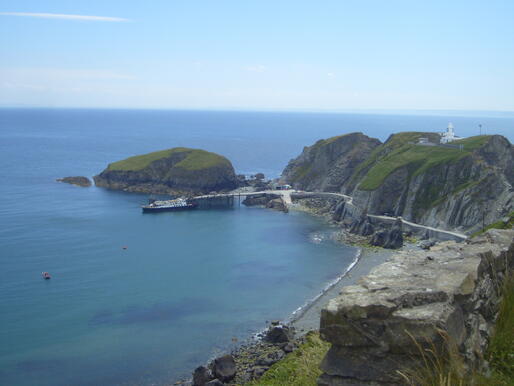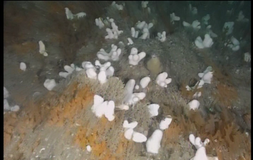Marine Protected Areas
- Home
- Environment & Research
- Marine Protected Areas
Page review/updated 04/12/2024
(Content of overview page last updated: 27th June 2023)

Marine Protected Areas (MPAs) are areas of sea, coast or transitional waters, such as estuaries, which are designated under legislation to protect certain habitats and species (features) that exist within those areas. It is a term used across the globe to describe “any area of intertidal or subtidal terrain, together with its overlying water and associated flora, fauna, historical and cultural features, which has been reserved by law or other effective means to protect part or all of the enclosed environment” (Kelleher and Kenchington, 1992).
The UK Government is committed to establishing a well-managed ecologically coherent network of MPAs, each designated to meet specific conservation goals. Sites make up part of the UK’s commitments to provide long term protection for the marine environment under its Blue Belt programme. In the UK MPAs are set up to conserve biodiversity and protect the species and habitats of international or national importance.
There are several types of MPAs including Marine Conservation Zones (MCZ), Special Areas of Conservation (SAC), Special Protection Areas (SPA), Sites of Special Scientific Interest (SSSI) with marine components, Marine Nature Reserves (MNR) and No Take Zones (NTZ).
As of February 2022, approximately 38% of UK waters are currently within MPAs, including 47% of waters between the coast and the 12 nm boundary. There are 178 MPAs in English waters alone, covering 51% (26,126 km2) of English waters out to 12 nm, and 37% of English offshore waters (92,633 km2).
Within the D&S IFCA’s District there are currently twenty-two MPAs – ten European Marine Sites (SAC, SPA) four Tranche 1 MCZ, two Tranche 2 MCZ and six Tranche 3 MCZ.

The protection, afforded under MPA designation to the features of the sites, is aimed at reducing destruction, damage or the reduction in distribution of marine species and/or habitats.
These sites and their features are assessed for their conservation status, and the Statutory Nature Conservation Bodies (SNCB), i.e. NE and JNCC, advise on the conservation objectives, and targets for the interest features of the MPA. A conservation objective is a statement describing the desired ecological/geological state of the designated feature of the MPA. The SNCB provide advice on operations which may cause deterioration or disturbance to interest features and will provide advice on the general management approach.
To ensure protection of the designated features of an MPA, restrictions may apply on activities that are likely to cause significant effect to that feature.
